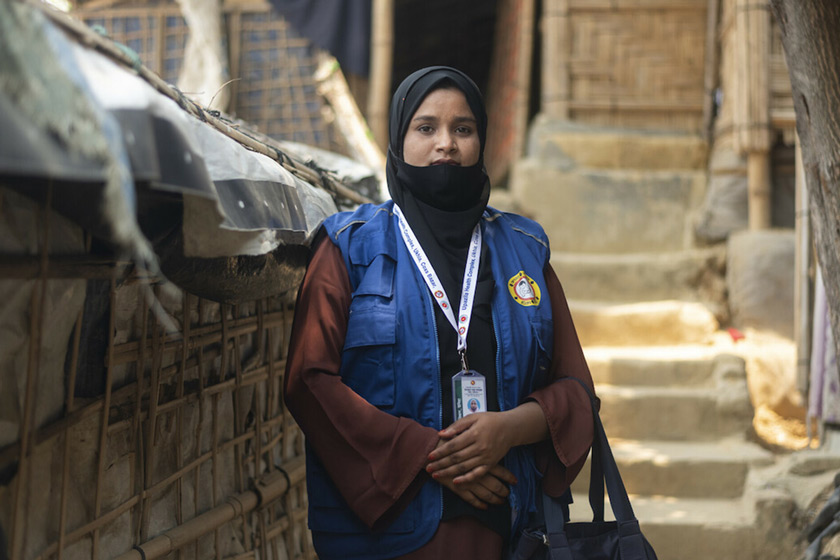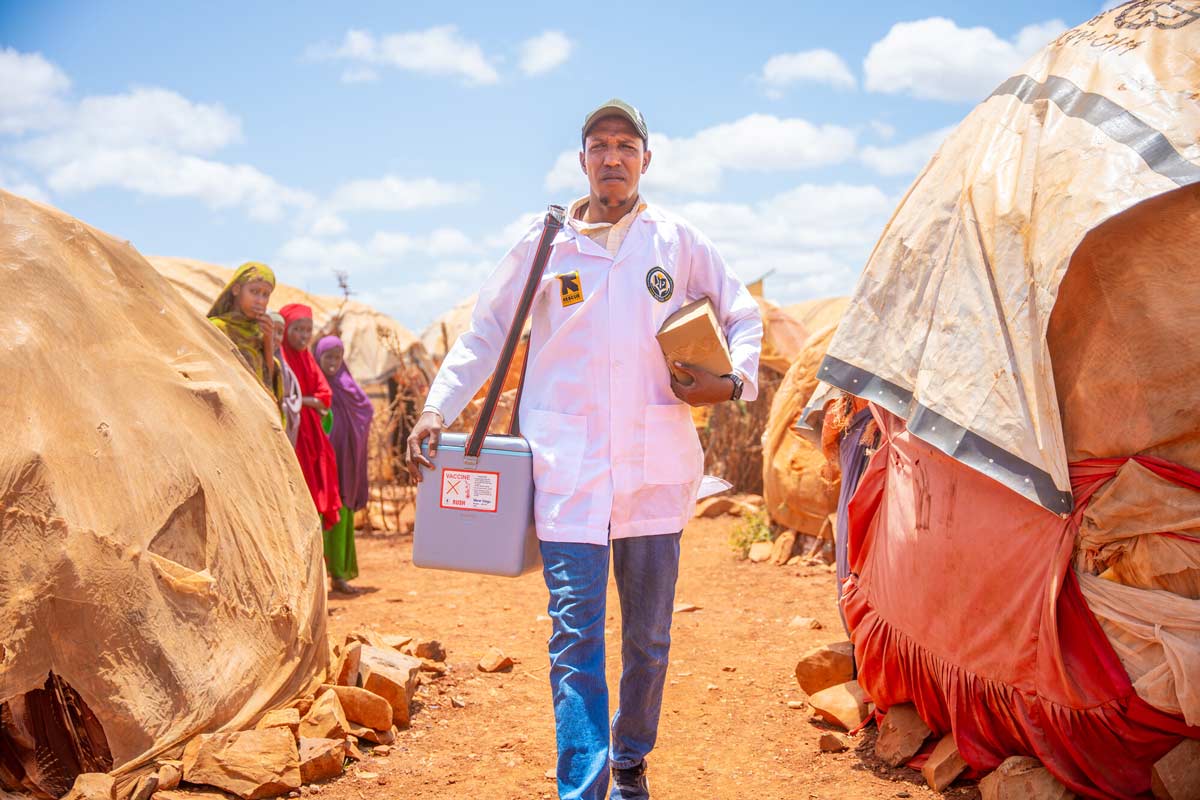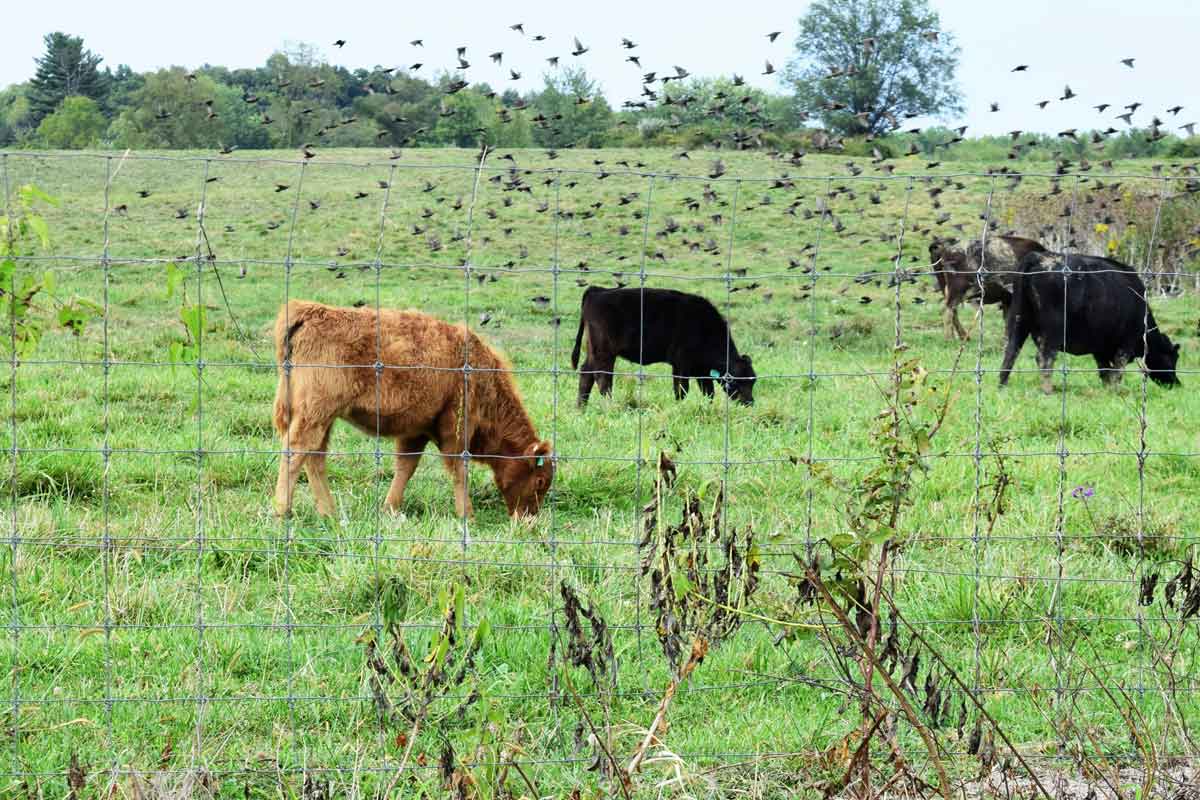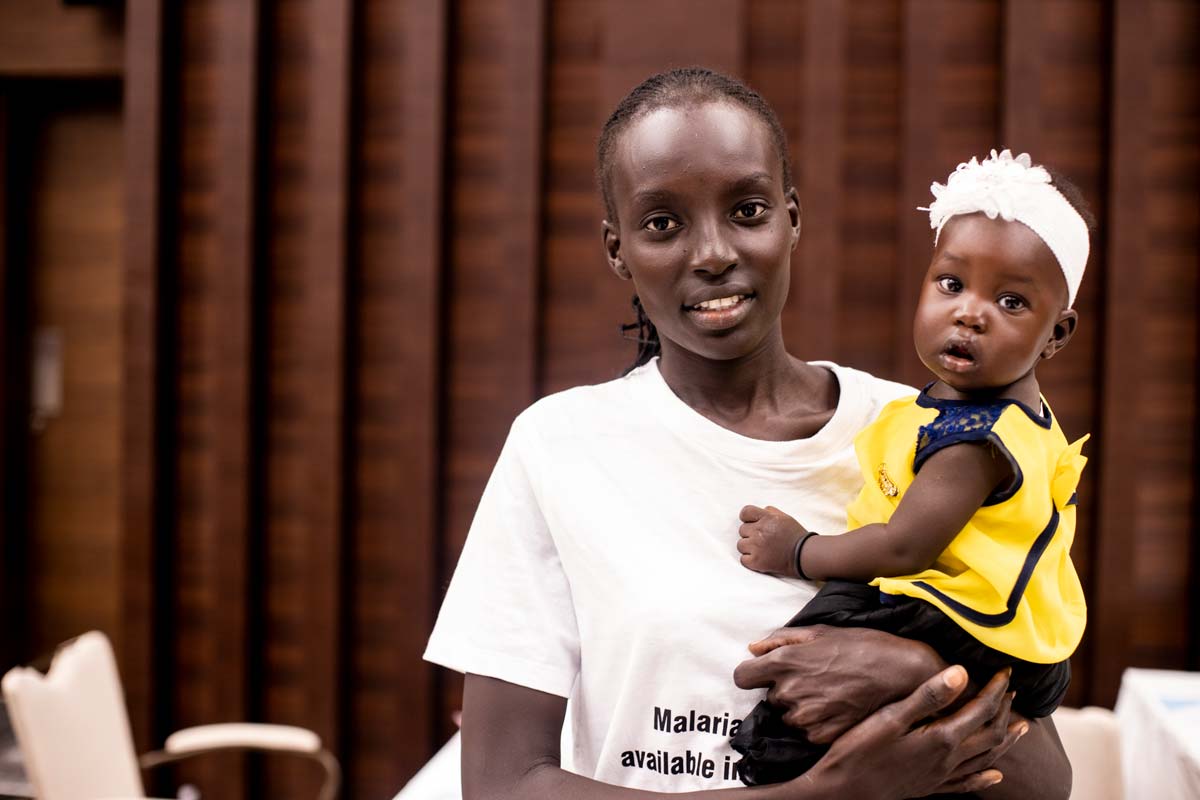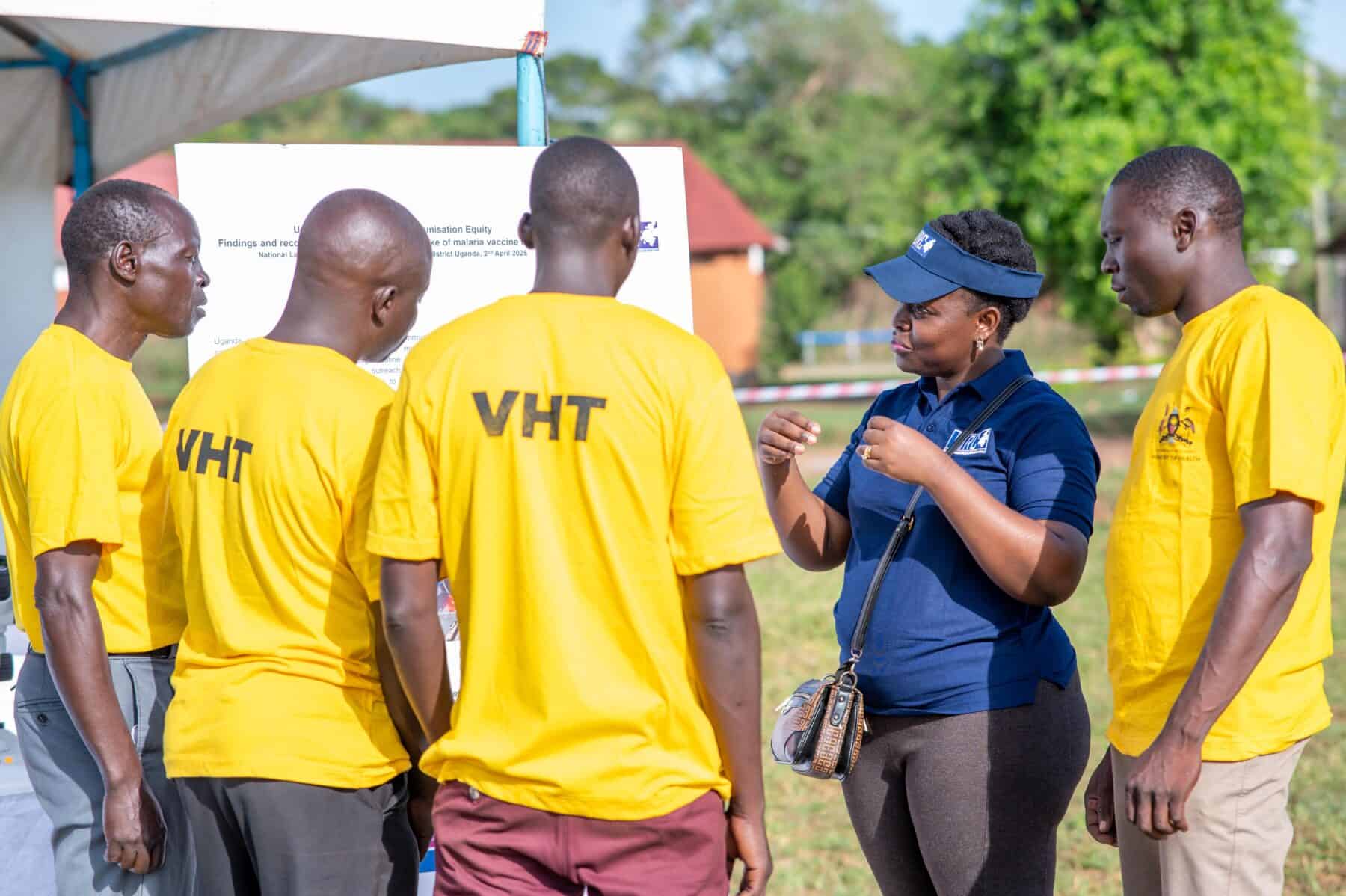Celebrating the vaccinators in pictures
As the Expanded Programme on Immunization (EPI) turns 50, a new photo book celebrates the efforts of the diverse network of health workers who power it and sheds light on the challenges they face.
- 24 September 2024
- 3 min read
- by Ian Jones
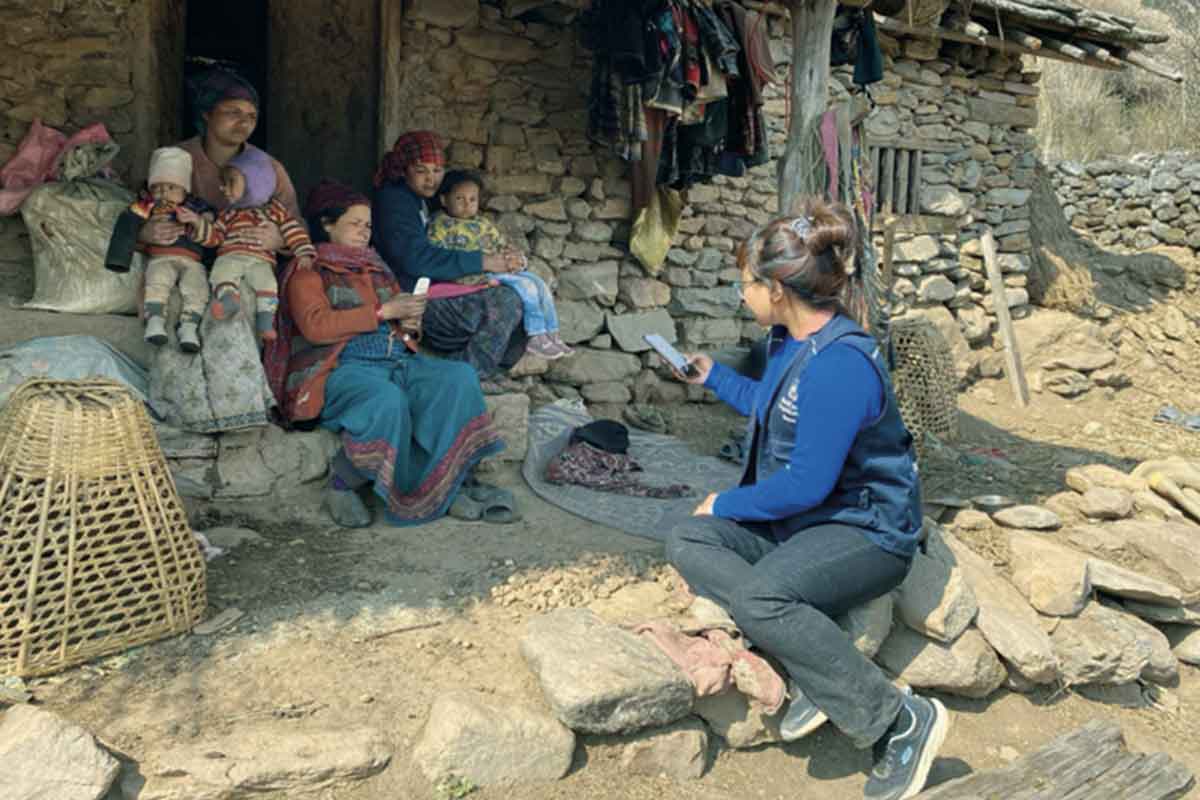
In 1974, the Expanded Programme on Immunization (EPI) initiative was launched, with the goal of ensuring that children in all countries could benefit from life-saving vaccines. An estimated 154 million deaths have been averted by vaccination over the past 50 years, and immunisation has made a major contribution to the declines seen in child mortality, particularly in Africa.
The EPI initiative is rightly being celebrated by global partners, through the #humanlypossible communications campaigns. Gavi and other global partners have played a key role in providing funding and technical support to countries for vaccine introductions and scale-up.
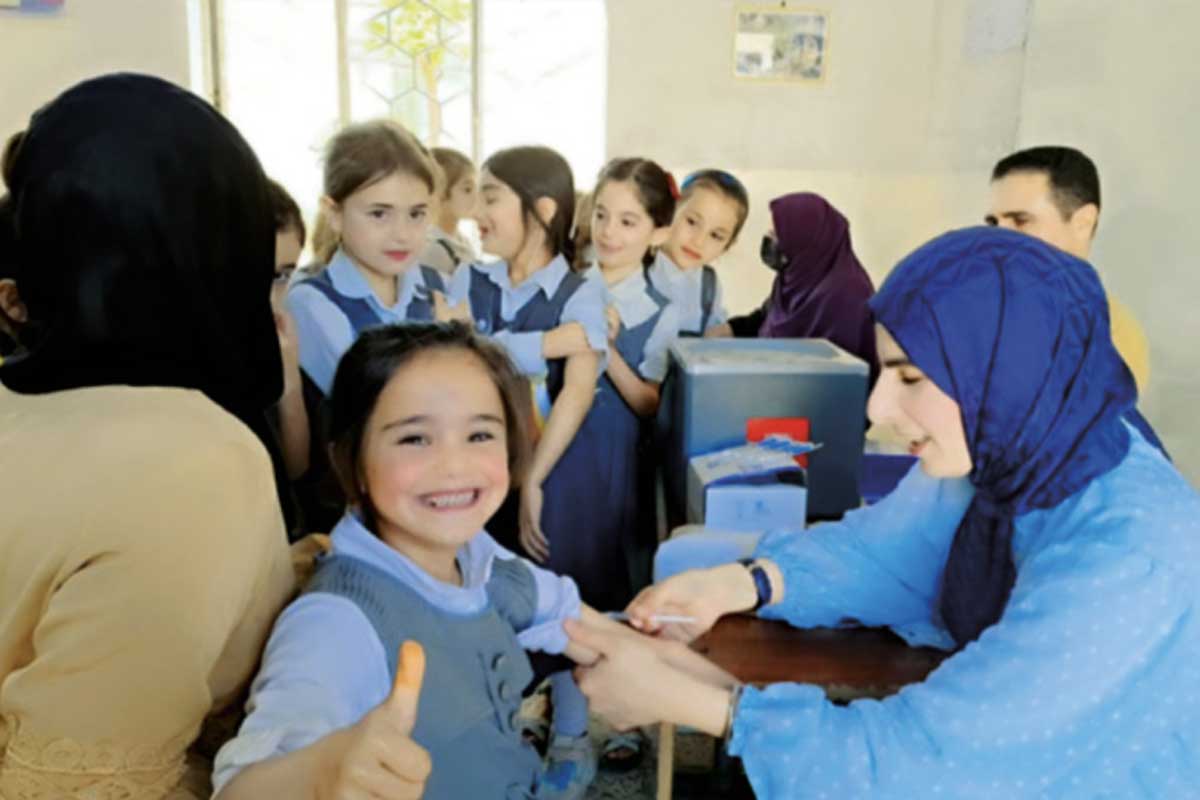
Kalakchi Town School, Iraq
A smiling student received MMR vaccine in her school during a national supplementary immunisation activity (SIA) in April 2024.
But ultimately, the success of the EPI has depended on national efforts, and the work of innumerable vaccination workers performing a wide range of roles – in vaccine logistics and cold chain management, service delivery planning, community sensitisation, data management and vaccination activities themselves, to name but a few.
To mark World Immunization Week earlier this year, the Geneva Learning Foundation (TGLF), a Swiss non-profit, invited members of its international networks to share a photo of themselves at their daily work. Some were posted on social media during World Immunization Week, and now, a collection of images have been published in a picture book – “The Who, What and Where of Immunization”.
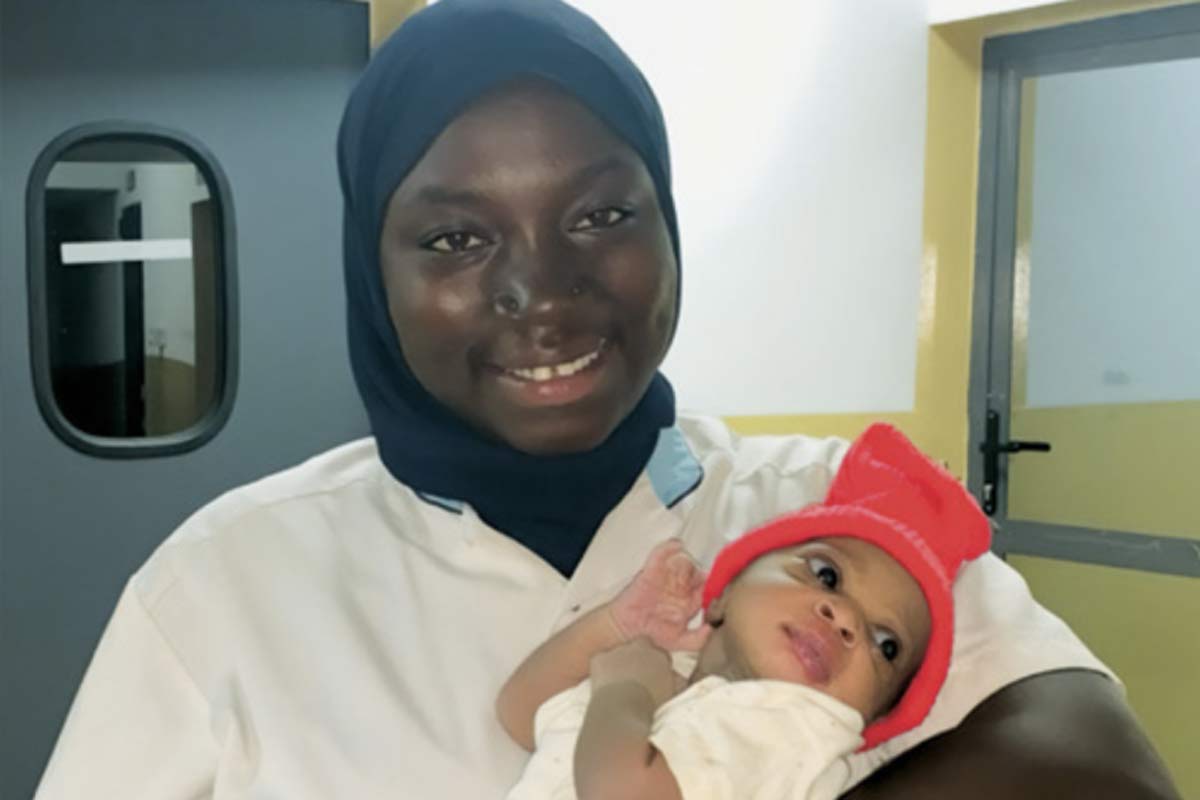
Fajikunda Health Centre, Gambia
Sharing this photo captures a moment of joy and care at Fajikunda Health Centre. I am a Red Cross volunteer and nurse attendant, and every newborn welcomed into the world fills me with gratitude and purpose. Together, we’re ensuring a healthy start for these precious lives. #HealthcareHeroes #NewBeginnings
The photographs shared provide unique insights into life as an immunisation practitioner in a diverse range of countries across the Global South. They also show the increasingly broad range of people, of varying ages, who now receive vaccines, and the diverse range of people who are involved in vaccination in other ways – like the support and supervisory staff who also play critical roles in ensuring the smooth operation of vaccine services. And they show us the diverse range of places, often in challenging contexts, where immunisation gets done.
The material shared provides a rare glimpse of the countless person-hours that are expended in ensuring infants, children and adults are protected against vaccine-preventable diseases. There are vaccination sessions to be organised, in facilities or out in the community. There are discussion meetings to be arranged, to provide information about vaccines and to respond to any questions caregivers might have. There are fridges and freezers to be maintained, vehicles to be serviced, and databases to be kept up to date.
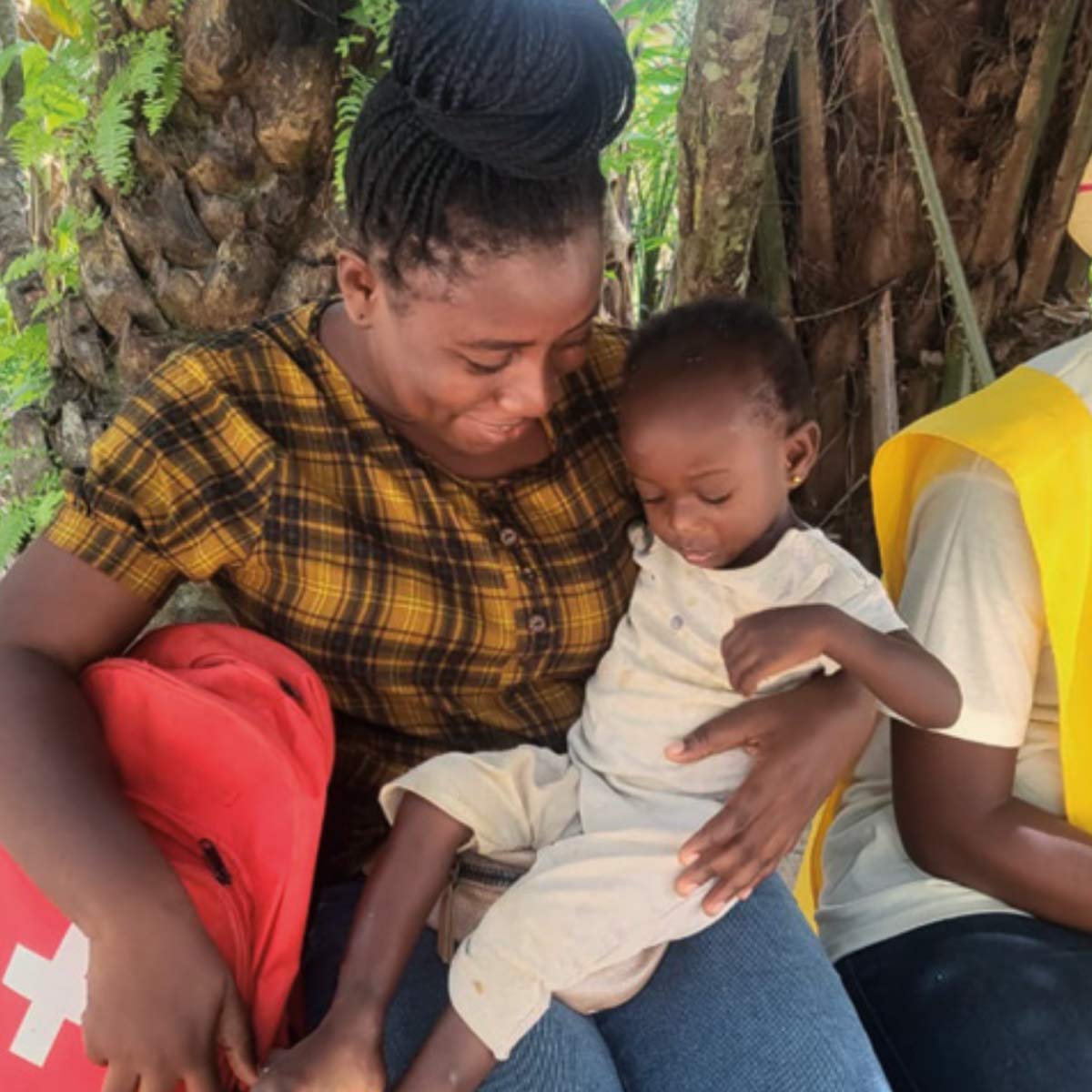
Yawusu Village, Ghana
This photo was taken at Yawusu Village when I was supervising a mop-up session to catch up with children who were defaulters to immunise and protect them against childhood diseases.
The best photography captures attention. It does not simply reveal a scene to those who were not there, it also triggers an emotional response, excites curiosity, compels a viewer to look more closely.
The photographs shared by members of TGLF’s international network are not the perfectly composed shots of the professional photographer. Yet their raw authenticity often captures something profound amid the mundane: the universal gestures of care and concern shown by those accompanying infants at vaccination sessions, the focus of those listening to health advice and deciding what is best for their children. We see the rivers and mountains that have to be crossed to ensure that vaccines get to where they are needed, and the sense of pride written on the faces those who have done their bit to make the world a healthier place for all.
Although the material rewards may not be great, every person helping to ensure that immunisation services are delivered is contributing to the direct prevention of illness and death. In this publication, we salute this extraordinary workforce..
For anyone interested in the human side of public health, this free photo book offers invaluable insights into the daily work of immunisation.

